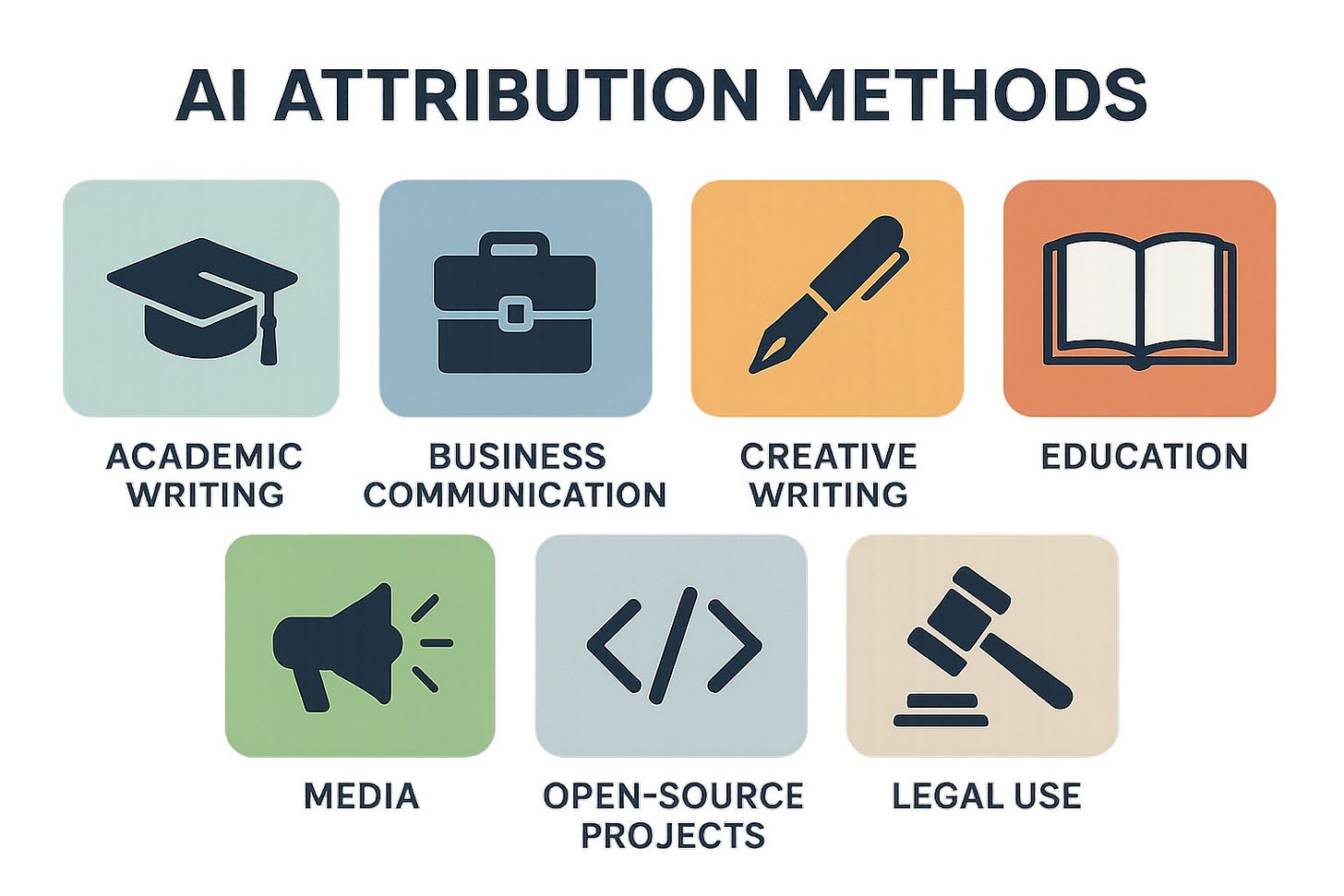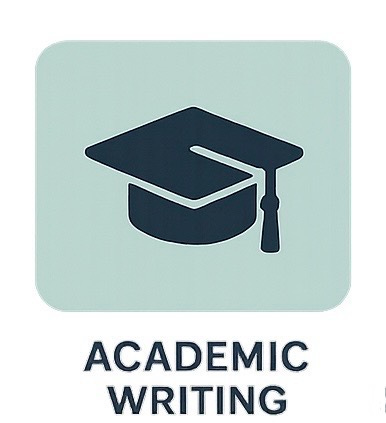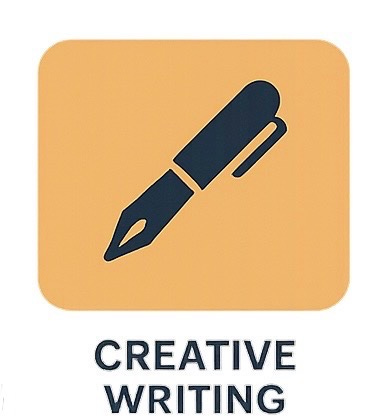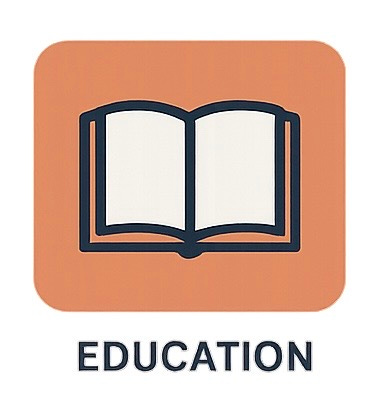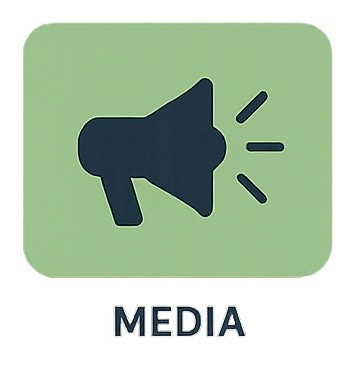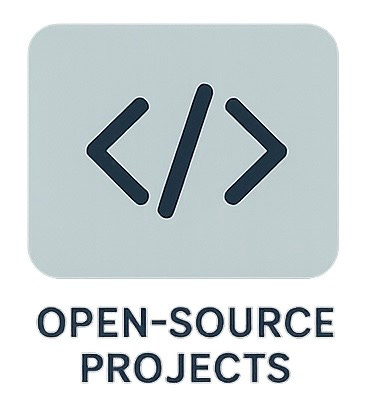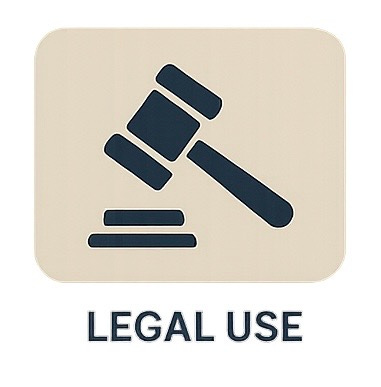Properly attributing AI use ensures transparency, accountability, and ethical communication. Here are some methods to appropriately reference AI use across different contexts:
1. Academic and Research Writing
- Explicit Acknowledgment: Clearly state in the introduction, methods, or acknowledgments section that AI was used.
- Example: “This research utilized OpenAI's GPT model to assist in generating initial drafts of sections of this paper."
- Footnotes or Endnotes: Provide detailed information about the AI tool used, including its version and purpose.
- Example: “The text in Section 3 was drafted using GPT-4 to summarize data trends."
- Supplementary Materials: Include a description of the role AI played in your methodology.
- Example: “AI was used to generate summaries of literature reviews. These outputs were then edited and verified by the authors."
2. Professional and Business Communication
- Inline Disclosures: Mention AI contributions directly in documents or presentations.
- Example: “This report was prepared with the assistance of an AI tool, GPT-4, which generated initial drafts."*
- Annotations or Appendices: Include a section at the end explaining the scope of AI involvement.
- Example: “AI was used to automate data analysis and suggest visualizations, which were reviewed and finalized by the team."
3. Creative Writing and Content Creation
- Direct Attribution in Text: If AI contributed to the writing, mention it alongside the author credit.
- Example: “This story was co-created with the assistance of OpenAI's GPT-4."
- Preface or Disclaimer: Add a brief statement at the beginning or end to clarify AI involvement.
- Example: “Note: This content was generated in part by AI and edited by the author."
4. Educational Use
- Teacher and Student Work: Clearly indicate where and how AI contributed.
- Example: “GPT-4 was used to outline the essay structure, which was then elaborated and revised by the student."*
- Citations: Treat the AI tool as a source and cite it in accordance with citation standards (APA, MLA, etc.).
- APA Example: OpenAI. (2024). GPT-4 [Large language model]. Retrieved from https://openai.com
5. Publications and Media
- Sidebar or Footnote: Acknowledge AI contributions in a visible but unobtrusive manner.
- Example: “This article was edited with the help of an AI tool for grammar and style suggestions."
- Disclosures for Transparency: Add a statement about AI use at the end of articles or videos.
- Example: “Portions of this video script were generated using AI and reviewed by the production team."
6. Open Source or Collaborative Projects
- Commit Messages: When using AI for code generation, note it in the commit logs.
- Example: “Generated initial function implementation using GitHub Copilot."
- Project Documentation: Include a section in the README file or documentation explaining AI involvement.
- Example: “AI tools were used for code suggestions and documentation drafting."
7. Legal and Ethical Statements
- Contracts and Agreements: If AI-generated content is included in deliverables, specify its role and limitations.
- Example: “This document includes sections generated by AI, reviewed and approved by the undersigned party."
- “Disclosure in Sensitive Contexts: For areas like law or healthcare, explicitly state that AI output is not a substitute for professional judgment.
General Guidelines for Attribution
- Be Specific: Mention the tool used (e.g., GPT-4, DALL·E), its purpose, and the extent of its involvement.
- Be Transparent: Avoid implying that AI-generated work is purely human-created.
- Context Matters: Tailor the attribution method to the audience and medium (e.g., formal citations for academia, disclaimers for casual use).
- Provide Links: If possible, include references to the AI tool's official website or documentation.
By consistently attributing AI use, we promote ethical AI adoption and foster trust in human-AI collaborations.
What are your thoughts on AI use and attribution? We’d love to hear for you. Join the conversation. Leave your comments below.
Footnotes: Research and format for this article was assisted by AI: Poe “General-Assistant” @GPT-4o. Concept, Design and Editing by the author.


